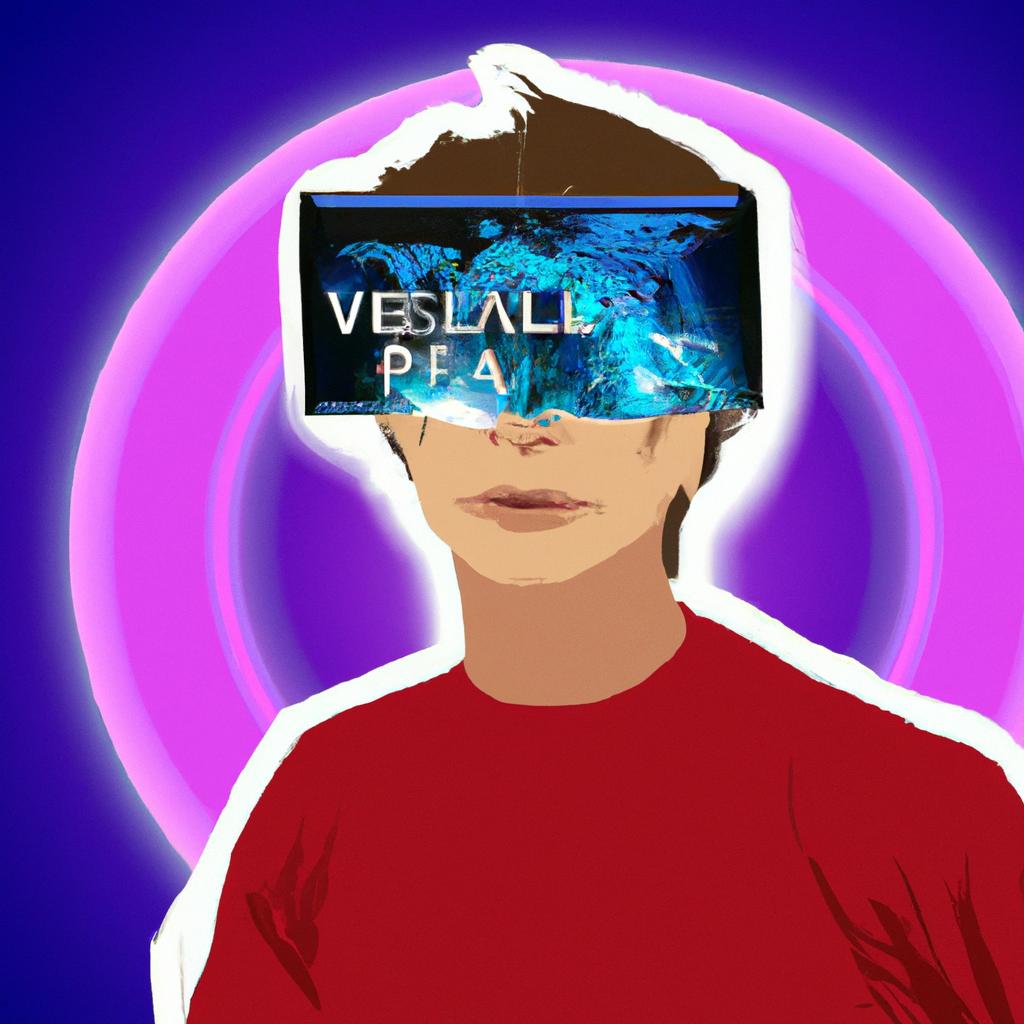As technology continues to advance at a rapid pace, the worlds of augmented and virtual reality development are becoming more intertwined than ever before. From immersive gaming experiences to practical applications in industries such as healthcare and education, the potential for these technologies to shape our future is vast and exciting. In this article, we will explore the latest trends and innovations in augmented and virtual reality development, as well as the possibilities that lie ahead in this ever-evolving field. Join us on a journey into the future of AR and VR, where the lines between reality and fiction are blurred like never before.
Table of Contents
- Exploring the Evolution of Augmented Reality Technology
- Enhancing User Experience with Virtual Reality Applications
- Addressing Challenges and Opportunities in AR/VR Development
- Guiding Principles for Successful Implementation of AR/VR Projects
- Q&A
- Closing Remarks
Exploring the Evolution of Augmented Reality Technology
In recent years, augmented reality (AR) technology has made significant strides, with developers continuously pushing the boundaries of what is possible in terms of immersive experiences. From overlaying digital information onto the physical world to creating interactive virtual elements, AR has the potential to revolutionize how we interact with our surroundings. As the technology evolves, we are seeing a growing convergence of AR with virtual reality (VR), blurring the lines between the two and opening up new possibilities for the future.
One exciting development in the world of AR and VR is the incorporation of artificial intelligence (AI) to enhance user experiences. By leveraging AI algorithms, developers can create more realistic and responsive virtual environments, ultimately leading to more engaging and immersive AR/VR applications. Additionally, advancements in hardware, such as compact and powerful headsets, are making it easier for users to access AR and VR content on-the-go. With these advancements, the future of AR and VR development appears to be bright, promising new and exciting possibilities for users and developers alike.
Enhancing User Experience with Virtual Reality Applications
Virtual Reality and Augmented Reality have been rapidly advancing in recent years, offering exciting opportunities to enhance user experiences like never before. These cutting-edge technologies are revolutionizing the way we interact with digital content, blurring the lines between the physical and virtual worlds.
With VR applications, users can immerse themselves in entirely new environments, whether it’s exploring a virtual museum, taking a virtual tour of a real estate property, or even training in a virtual simulation. The possibilities are endless, and as developers continue to push the boundaries of what is possible, the future looks bright for the integration of virtual and augmented reality into our everyday lives. Stay tuned for more exciting developments in this rapidly evolving field!
Addressing Challenges and Opportunities in AR/VR Development
One of the key challenges in AR/VR development is creating immersive experiences that truly transport users into virtual worlds. This involves overcoming technical limitations such as processing power and graphics capabilities, as well as addressing issues related to motion sickness and lag time. Additionally, developers must find ways to make AR/VR content accessible to a wider audience, including those with disabilities or limited access to expensive hardware.
On the flip side, AR/VR development also presents exciting opportunities for innovation and creativity. With the right tools and expertise, developers can create interactive simulations for training, educational purposes, and entertainment. This technology has the potential to revolutionize industries such as healthcare, architecture, and gaming. By harnessing the power of AR/VR, developers can push the boundaries of what is possible in the digital realm and provide users with unforgettable experiences.
Guiding Principles for Successful Implementation of AR/VR Projects
When it comes to the successful implementation of AR/VR projects, there are several key guiding principles that developers and project managers should keep in mind. First and foremost, having a clear understanding of the target audience and their specific needs is essential. By conducting thorough research and gathering feedback, developers can ensure that the AR/VR project will effectively meet the needs and expectations of users.
Additionally, fostering cross-functional collaboration within the development team is crucial for a successful implementation. By bringing together individuals with diverse skill sets, such as designers, developers, and project managers, teams can leverage each other’s expertise to create a seamless and immersive AR/VR experience. Maintaining open communication and setting clear goals and milestones will also help keep the project on track and ensure a successful outcome.
Q&A
Q: What are the main differences between augmented reality (AR) and virtual reality (VR)?
A: AR overlays digital content onto the real world, while VR immerses users in a completely virtual environment.
Q: How do you see the development of AR and VR technologies progressing in the future?
A: The future of AR and VR development looks promising, with advancements in hardware and software leading to more immersive and interactive experiences.
Q: What are some of the potential applications of AR and VR in various industries?
A: AR and VR have the potential to revolutionize industries such as healthcare, education, tourism, and entertainment by offering new ways to train, communicate, and experience content.
Q: How do concerns about privacy and ethics play a role in the development of AR and VR technologies?
A: Privacy and ethics are important considerations in the development of AR and VR technologies, as they raise questions about data security, user consent, and the impact of immersive experiences on mental health.
Q: What are some key challenges that developers face in creating AR and VR experiences?
A: Developers face challenges such as optimizing performance, ensuring compatibility across devices, and designing user-friendly interfaces that enhance immersion without causing discomfort.
Q: How do you think AR and VR technologies will impact the way we interact with the world in the future?
A: AR and VR technologies have the potential to fundamentally change how we work, play, and communicate by blurring the boundaries between the physical and digital worlds.
Closing Remarks
As we look towards the future of augmented and virtual reality development, the possibilities are truly endless. With the rapid advancements in technology and the increasing demand for immersive experiences, we can only imagine the incredible innovations that lie ahead. From revolutionizing industries to transforming the way we connect with one another, AR and VR have the power to shape the world in ways we never thought possible. So, let’s embrace the limitless potential of this exciting technology and embark on a journey into a future where the boundaries between the physical and virtual worlds blur, creating a new reality unlike anything we’ve seen before. The future is bright, and the possibilities are infinite. Are you ready to step into this brave new world?





